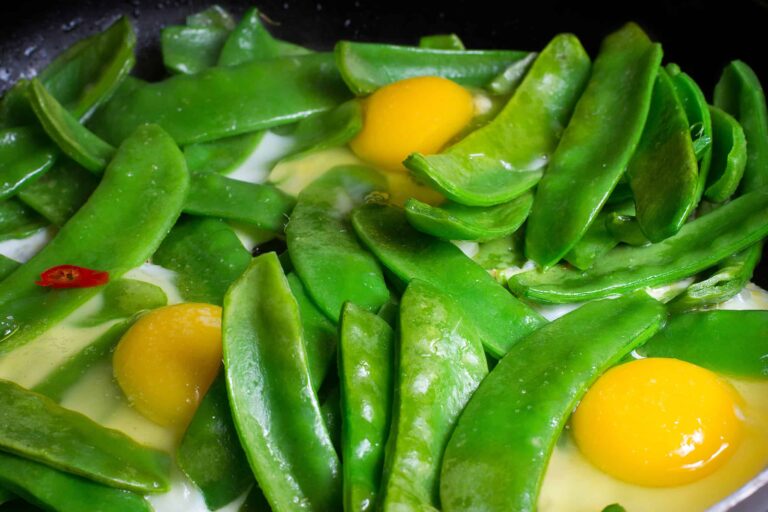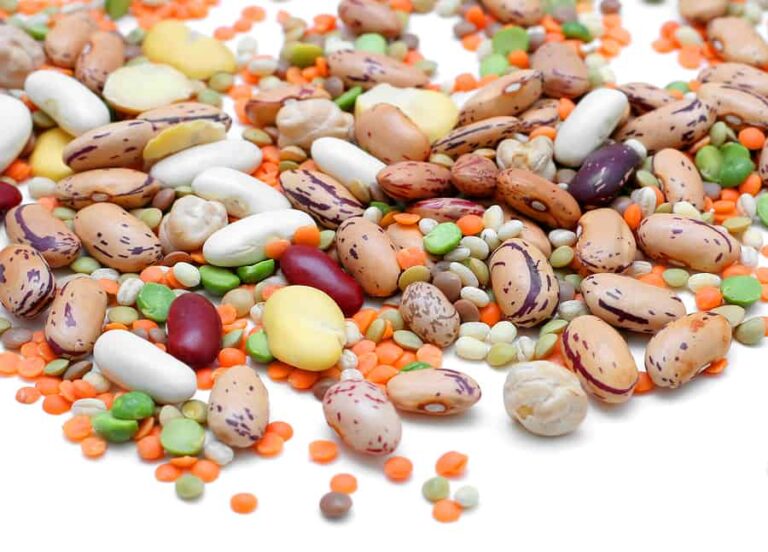Fava Bean Planting Time by Region
Fava beans (also called broad beans) thrive in cool weather and are one of the earliest crops you can plant in spring or the latest in fall for a winter crop. Knowing the right planting time for your region ensures strong growth and a rewarding harvest.
I’ve been growing fava beans for decades in Sonoma Valley, where our mild winters allow me to plant them in late fall for a spring harvest. In colder regions, they’re best planted as soon as the soil can be worked in spring. Below, I’ll share how to time your fava bean planting by region.
Pacific Coast and Coastal South (Zones 8–10)
Fava beans love cool weather and will overwinter in mild coastal climates. Sow seeds in late fall to early winter (October to December). Plants will grow slowly through winter and burst into bloom in early spring. In my Zone 9B garden, fall-sown favas produce heavy spring harvests with minimal pest pressure.
Mountain West and Northern Plains (Zones 4–6)
Here, fava beans can’t handle deep freezes, so plant in early spring (March to May) as soon as the soil can be worked and before summer heat arrives. Favas tolerate light frost and prefer soil temperatures around 45–65°F. For a fall crop, sow 10 to 12 weeks before your first expected frost.
Mid-Atlantic and Northeast (Zones 5–7)
Plant fava beans in early to mid-spring (April to May), when soil temperatures rise above 40°F. Favas germinate best in cool, moist soil, so don’t wait until it’s warm. A fall crop is possible if planted in late summer (August) for harvest before frost.
Midwest (Zones 4–7)
Sow fava beans in early spring, 2–3 weeks before your last frost date. Fava beans don’t like summer heat, so early planting ensures a full crop before temperatures exceed 75°F. If summers are mild, try a late-summer sowing for fall harvest.
Southeast and Gulf Coast (Zones 8–9)
In hot, humid regions, fava beans grow best as a cool-season crop. Sow in late fall (November–December) for winter growth and spring harvest. Avoid spring planting—warm nights above 70°F can stop flowering and pod formation.
Desert Southwest (Zones 9–10)
Plant fava beans in late fall to early winter (October to December), when days are mild and nights are cool. Avoid summer planting; heat will quickly stunt plants. Water consistently and mulch to retain soil moisture.
My Experience
In my Northern California garden, fava beans are part of my fall planting plan every year. I sow them in November after summer crops come out. They grow steadily through winter rains, and by early April, tall green plants are covered with fragrant white-and-black blossoms. By late spring, I’m harvesting plump pods full of buttery beans—and my soil is enriched with nitrogen for the next crop.
Key Takeaway:
Fava beans prefer cool weather. Plant them in fall in mild-winter regions and in early spring in cold-winter regions. Proper timing gives you healthy plants, full pods, and a garden enriched by nitrogen-fixing roots.
Fava Bean Planting Time by Region and USDA Zone
| Region | USDA Zones | Best Planting Time | Expected Harvest | Notes |
|---|---|---|---|---|
| Pacific Coast (Northern California, Oregon, Washington) | 8–10 | October–December | April–June | Ideal for overwintering; plant in fall for spring harvest. |
| Coastal South (Southern California, Gulf Coast) | 8–10 | November–January | March–May | Plant in cool weather; avoid high spring heat. |
| Mountain West (Colorado, Utah, Montana) | 4–6 | March–May | June–July | Plant as soon as soil can be worked; tolerates light frost. |
| Northern Plains (Dakotas, Nebraska, Minnesota) | 4–6 | April–May | July–August | Early planting helps beat summer heat. |
| Mid-Atlantic (Virginia, Maryland, Delaware) | 6–7 | March–April | June–July | Early spring sowing ensures cool growing conditions. |
| Northeast (New York, New England) | 5–6 | April–May | July–August | Sow when soil reaches 40–45°F; protect from late frosts if needed. |
| Midwest (Illinois, Iowa, Ohio, Missouri) | 4–7 | March–April | June–July | Plant 2–3 weeks before last frost; may not thrive in hot summers. |
| Southeast (Carolinas, Georgia, Florida Panhandle) | 8–9 | November–December | March–April | Best grown as a winter crop; avoid planting after January. |
| Desert Southwest (Arizona, New Mexico, Southern Nevada) | 9–10 | October–December | March–May | Cool winter months ideal; protect from dry winds and frost. |
| Pacific Northwest (Western Oregon, Washington Coast) | 7–9 | October–February | May–June | Excellent overwinter crop; mulch for winter protection. |
🪴 Quick Tip
For best results, plant fava beans in cool soil between 45–65°F. They can tolerate frost but will stop growing in heat above 75°F.
Fava Bean Learning Hub
Start here: The Ultimate Fava Bean Growing Guide: From Seed to Harvest
Planting & Growing Basics
- Fava Bean Planting Time by Region
- How Deep and How Far Apart to Plant Fava Beans
- Fava Companion Planting Guide
- Growing Fava Beans in Containers
Soil, Water, and Feeding
- Best Soil for Fava Beans and How to Prepare It
- How to Water Fava Beans for Best Growth
- Feeding Fava Beans Naturally: Compost and Nitrogen Fixing
Care & Maintenance
- How to Care for Fava Beans During the Season
- Managing Weeds Around Fava Beans
- Supporting Fava Beans: Do They Need Staking?
Pest & Disease Management
Harvest, Storage & Preservation
- How to Tell When Fava Beans Are Ready to Harvest
- How to Dry Fava Beans for Long-Term Storage
- How to Store and Preserve Fresh Fava Beans
Varieties & Seed Saving
Cooking & Using Fava Beans
Companion & Related Crops



